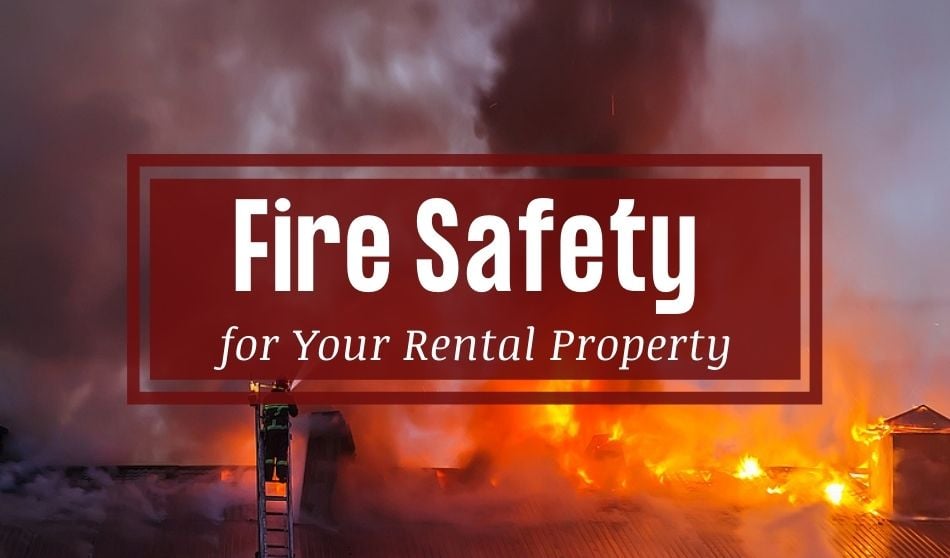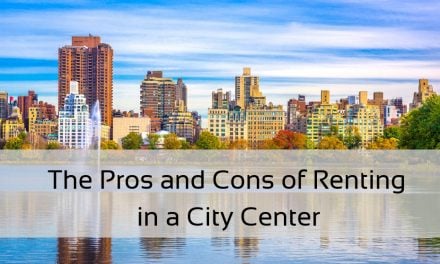
Fire safety at your rental property is important any time of year, but paying special attention to fire safety protocols during the hot summer months is imperative. Keep your tenants safe and your property protected by ensuring you are taking all the steps necessary to mitigate fire risk and ensure a quick evacuation response in the event that a wildfire or fire does occur.
As the hot weather gives way to pool parties and wildfire seasons, it’s no wonder this marks the perfect time to make note of your safety procedures.
Keeping your tenants and your property safe is perhaps the most important task a property manager or landlord has on their plate, and while you may have conducted your annual property inspection with your safety checklist, fire season brings with it a whole new set of dangers.
Thankfully, there are actionable ways you can ensure your renters’ safety and protect your investment this summer with these fire safety tips.
Create a “Defensible Space”
Brush, overgrowth, and debris all act as kindling to an already dangerous fire. This is particularly true if any of the vegetation is browning or dead.
Create what wildfire prevention experts call a “defensible space” to ensure your property has the most protection possible during the dry season. Ready for Wildfire diagrams how you can protect your property using the zoning system.
Zone 1
Within 30 feet of any structure, remove all dead vegetation, dry leaves or pine needles from your property’s yard or the building’s roof and gutters. Keep branches and trees from posing a risk to your property by removing any branches that hang over your roof and regularly have your trees trimmed to keep all branches a minimum of 10 feet from other trees.
Remember dry or dead plants pose the greatest risk to your property but don’t overlook the risk of flammable living vegetation. Remove vegetation and debris that could catch fire from around and under decks, and be sure to prune or even remove flammable foliage, like shrubs, near windows. Finally, create a separation between trees, shrubs, and items that could catch fire, such as patio furniture, wood piles, swing sets, etc.
Special Note: Keep in mind, in some counties this 30 feet clearance may be larger. (For instance, San Diego County, California requires 50 feet of clearance from buildings and property structures; check your state and local laws or contact your local fire department to ensure that you are following your defensible space or weed abatement ordinances for your property.)
Zone 2
Within 100 feet of buildings and other structures, cut or mow the grass down to 4 inches or shorter. Remove fallen leaves, needles, twigs, bark, cones, and small branches to ensure they are equal to or less than a depth of 3 inches. For trees, remove all tree branches at least 6 feet from the ground. Be sure to allow extra vertical space between shrubs and trees or the foliage creates a “ladder” for the fire to move from the ground to the brush to the treetops. Additionally, check your local fire department’s advisements for the horizontal spacing of bushes and trees within this zone. Large vegetation spaced too closely can allow the fire to hop easily across your property and to your building.
Smoke Alarms
Fire safety is about more than just maintaining your property. While seasonal wildfires are a potential danger to many buildings, indoor fires are also a risk any time of year. Smoke detectors and fire alarms are required in dwellings, and it’s important for property managers and landlords to ensure that they are working properly.
Remember, even if you require tenants to maintain the smoke detectors and carbon monoxide alarm systems, you should make it a habit to double-check they are working properly every time you inspect the property or perform routine maintenance. A passive tenant will easily forget to change the batteries, or worse, some tenants will remove them altogether. Check with your local laws to ensure that you an appropriate number of smoke alarms throughout your property. It’s also always a good idea to include a
Fire Escape Route
Pre-planning can save lives in the event of a fire. With the prevalence of synthetic materials and polyblends in household furniture and products, fires can spread more rapidly and at a higher heat than in the past. Shaving minutes off of an exit from a building can mean the difference of life-and-death. Particularly if you have a multifamily property or apartment building creating an escape/emergency plan is important. These plans should be reviewed with your tenants, as well as, clearly posted in each unit. You may also want to include emergency numbers and contact information on this sheet.
With summer fully here, there truly is no better time to ensure that your fire safety precautions and emergency plans are fully in place. You never know when a fire safety precaution could be the only thing standing between your property and disaster.





